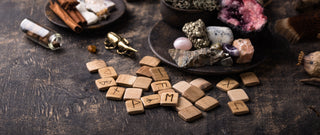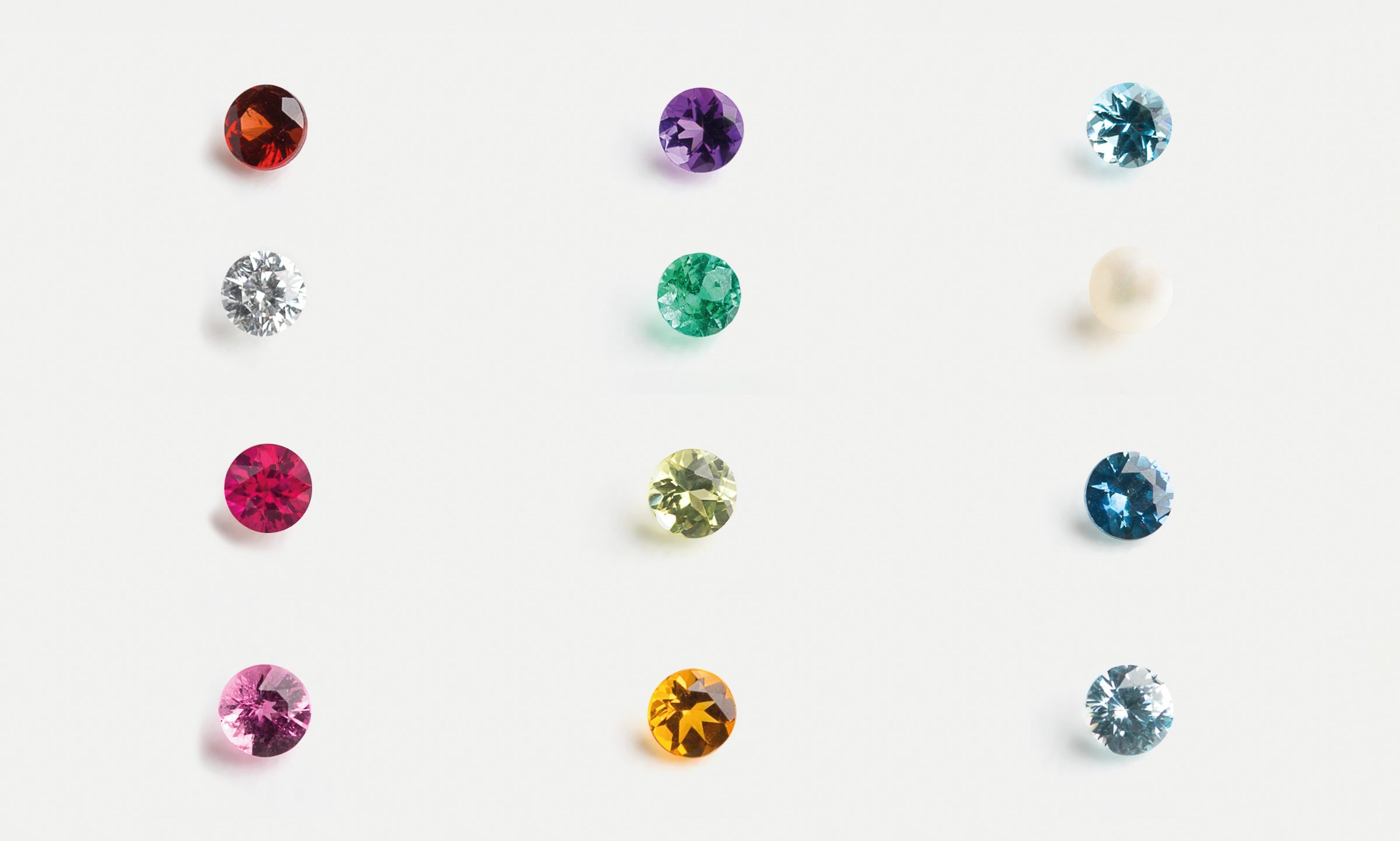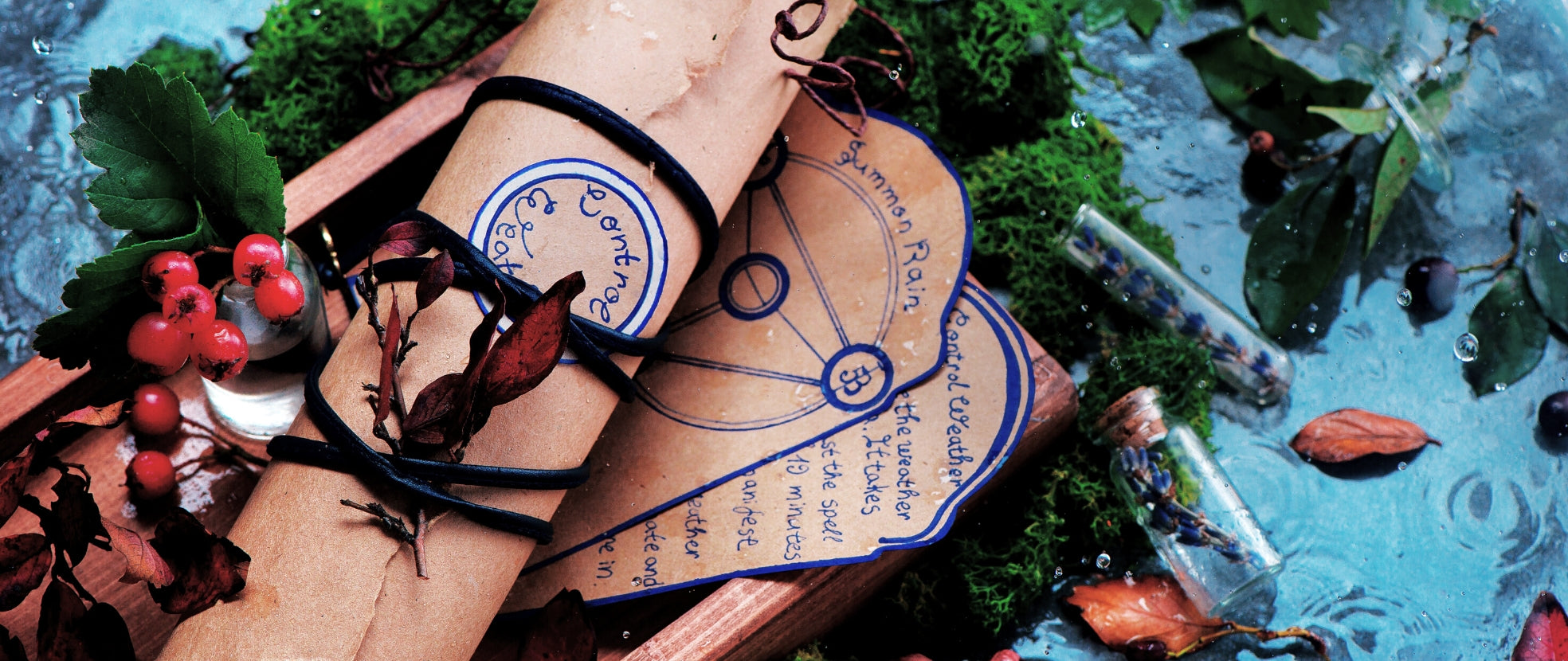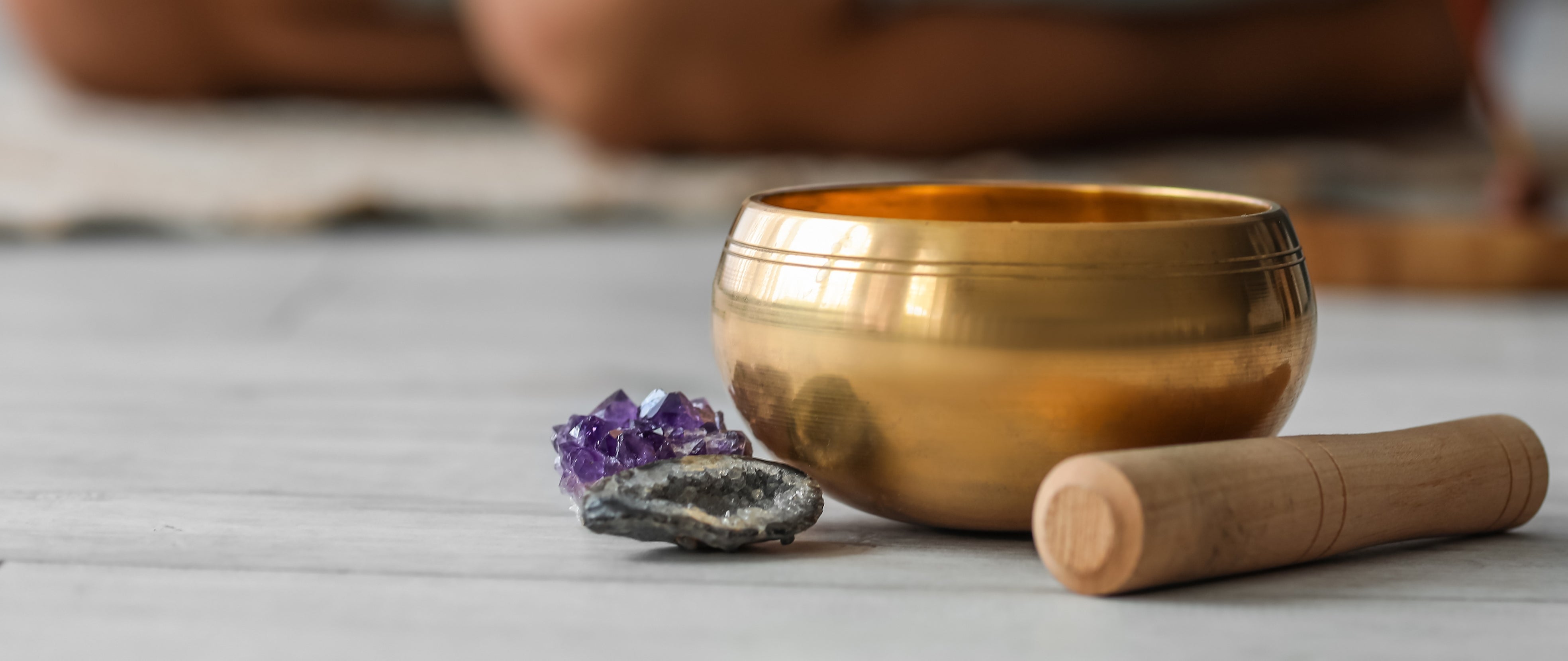Runes have emerged as a popular tool for divination, akin to Tarot cards, in modern spiritual practices. In a typical runic reading, individuals cast runes – often made of stones or wood pieces with symbols engraved on them – to seek guidance about their future or answers to specific questions.
Each rune represents different life aspects, such as love, health, or wealth, and the pattern in which they fall during a reading is interpreted to provide insights.
This practice is rooted in the belief that runes, with their ancient symbolism and connection to Norse mythology, can offer a unique perspective on life's challenges and decisions, guiding individuals towards a path of wisdom and understanding. Let's explore where Rune Stones came from, and how to use them in your everyday life.

Origins of Rune Stones
Runes have always been a subject of intrigue and mystery. These ancient symbols stem from the ancient alphabet of Futhark. Before these regions embraced the Latin alphabet in the late Middle Ages, runes were their primary form of written communication. But there's so much more to runes than just being an old way of writing.
According to Norse mythology, Odin himself is credited with uncovering the runic alphabet. This isn’t just about finding a new set of symbols to scribble on a piece of paper. Instead, it's believed that Odin’s discovery revealed powerful symbols that encapsulate the essence of universal forces and even the gods themselves.
In a way, each rune was more than a letter; it was a direct representation of cosmic powers. This means runes are more than tools of communication, but rather something mystical and deeply rooted in the world’s fabric.
Runes began with early rock carvings of the Bronze and Iron Ages in Scandinavia. Tacitus, a Roman historian, provided an early account of how these symbols were used by the Germanic peoples.
He described a practice of divination, which involved carving runes onto sticks, known as rune-staves. People would cut branches, mark them with runes, and use these signs to interpret meanings and messages, possibly from the divine realm.
By the 4th century, runes had woven their way deeply into the fabric of Scandinavian life. The Futhark alphabet, as it was known, had become a common sight. It was used not only for religious or mystical purposes but also for everyday writing.

Runes Stone in the New Age
The resurgence of rune stones in modern spirituality is deeply intertwined with the rise of the New Age Movement, a key driver in their renewed popularity and widespread acceptance.
This movement, blossoming in the late 20th century, brought with it a paradigm shift that embraced ancient knowledge, mysticism, and a holistic approach to spirituality. Within this context, runes, with their rich historical and mystical background, found a new and vibrant life.
The New Age Movement, characterized by its eclectic and inclusive approach, provided a perfect environment for the re-emergence of runes. This period marked a significant departure from traditional religious structures, leading individuals on a quest for more personal, intuitive, and direct spiritual experiences.
As people sought to explore and connect with the spiritual realm in a way that resonated with their individual journeys, runes emerged as an appealing and accessible tool.
Runes, with their ancient origins and deep symbolic meanings, were seen as gateways to understanding the mysteries of the self and the universe. Unlike the dogmatic approaches of organized religions, runes offered a more open and interpretive form of spiritual exploration.
This aligned perfectly with the New Age philosophy of personal empowerment and discovery. Practitioners found in runes a way to not only foretell the future but also to reflect on their personal path, make sense of their circumstances, and seek guidance in life's challenges.
Furthermore, the New Age Movement's emphasis on rediscovering ancient practices and wisdom traditions brought runes into the spotlight as a valid and revered system of knowledge. The movement's fascination with the metaphysical properties of symbols and their energies made runes a popular tool for meditation, healing, and spiritual rituals.
The integration of runes into various New Age practices such as meditation, energy healing, and divination further cemented their place in modern spirituality. Workshops, books, and courses on runes proliferated, making these ancient symbols accessible to a broad audience.
The mystical allure of runes, combined with their historical significance, captivated those who were seeking a spiritual path outside the mainstream.

What do each of the Runes mean?
Each rune in the ancient runic alphabet holds its unique meaning and symbolism, making them far more than mere letters. These runes, deeply embedded in Norse and Germanic cultures, were believed to embody various aspects of existence, from tangible elements like water and fire to abstract concepts like joy, disruption, or protection.
For instance, the rune 'Fehu' symbolizes wealth and abundance, often associated with material success and prosperity. In contrast, 'Isa' represents ice, symbolizing stillness, blockage, or the need for reflection.
These meanings are not arbitrary; they are rooted in the historical and mythological contexts from which these symbols emerged. When interpreted in a modern spiritual setting, each rune offers a unique perspective and guidance, reflecting the diverse and complex tapestry of human experience.
Read the full list of each Rune's meaning

Runes vs. Tarot Cards
When it comes to interpreting runes, the process is much more explicit than tarot. In a reading, the way these runes fall and their orientation to each other provide insights into life's challenges and questions.
Unlike tarot, which often relies on a more narrative and image-driven interpretation, runes demand a more direct, symbol-based understanding, where each rune's inherent meaning plays a crucial role.
The use of runes in meditation is another area where their profound simplicity comes to the fore. Practitioners often select a specific rune that resonates with their current life situation or spiritual needs.
Focusing on this rune during meditation, they delve into its symbolism, seeking to connect with the rune's ancient energies and wisdom. This practice is thought to bring clarity, insight, and alignment with the forces represented by the rune, whether it be strength, patience, or a new beginning.
In contrast to tarot readings, where the cards often portray complex and varied imagery that can lead to a wide range of interpretations, runes offer a more grounded and focused form of divination.
Tarot cards can weave a story with a multitude of layers and nuances, whereas runes provide a more straightforward, symbol-based reflection. This doesn't make runes any less profound; rather, their power lies in their clarity and the directness with which they speak to the primal forces of nature and human experience.
Both runes and tarot readings have their place in modern spiritual practices, catering to different needs and preferences. While tarot might appeal to those who seek detailed narratives and visual cues, runes attract those who look for a more elemental and symbol-driven form of guidance.
In the end, both practices offer pathways to self-discovery, reflection, and a deeper understanding of the world around us, each through its unique lens.

Common Rune Casts
Each of these rune casts serves a different purpose, catering to varying levels of experience and depth of inquiry. Beginners often find comfort and clarity in the single rune cast, while those with a bit more experience may gravitate towards the three rune spread.
For practitioners seeking a more detailed and complex understanding, the five rune cross offers a rich and comprehensive exploration. As with any divinatory practice, the key is to approach rune casting with an open mind and a willingness to listen to the wisdom the runes have to offer.

The Single Rune Cast
This is the most basic and straightforward method, ideal for beginners or those seeking a quick insight. In this cast, you simply draw one rune from your bag of runes. The selected rune offers a focused, clear answer or insight into a specific question or situation.
It's particularly useful for daily guidance or when addressing a very specific concern. The simplicity of this cast allows for a direct and undiluted interpretation of the rune, making it a great starting point for those new to rune reading.

The Three Rune Spread
Moving to a slightly more complex cast, the three rune spread offers a broader view of a situation. Here, you draw three runes. Each rune represents a specific aspect of the question or situation at hand. The first rune symbolizes the current situation or issue, the second rune sheds light on the challenge or action needed, and the third rune provides potential outcomes or advice.
This spread allows for a more nuanced understanding, giving a sense of progression and dynamics that a single rune cast cannot provide. It's suitable for those who have grasped the basics and are ready to delve a bit deeper.

The Five Rune Cross
This is an intermediate level cast and is excellent for a more detailed analysis. In this spread, five runes are drawn and laid out in the shape of a cross.
The first rune, placed in the center, represents the present situation or the querent. The second rune, to the left, signifies the past influences. The third rune, above the center, symbolizes future possibilities. The fourth rune, to the right, indicates the answer or the action to be taken. Finally, the fifth rune, below the center, reveals underlying subconscious factors or unseen challenges.
This layout provides a comprehensive view, exploring different aspects and timeframes of the question or issue.

Conclusion
In the realm of spiritual practices and divination, runes have secured a distinct and revered place. Their journey from ancient alphabetic symbols to tools of profound spiritual insight reflects a deep human desire to connect with the mystic and the unknown.The roots of runes in Norse mythology, coupled with their resurgence in the New Age Movement, highlight a continuous thread of seeking wisdom and understanding through ancient practices. The simplicity yet depth of each rune symbol allows for a direct and intimate conversation with the forces of nature and the intricacies of our inner selves.





